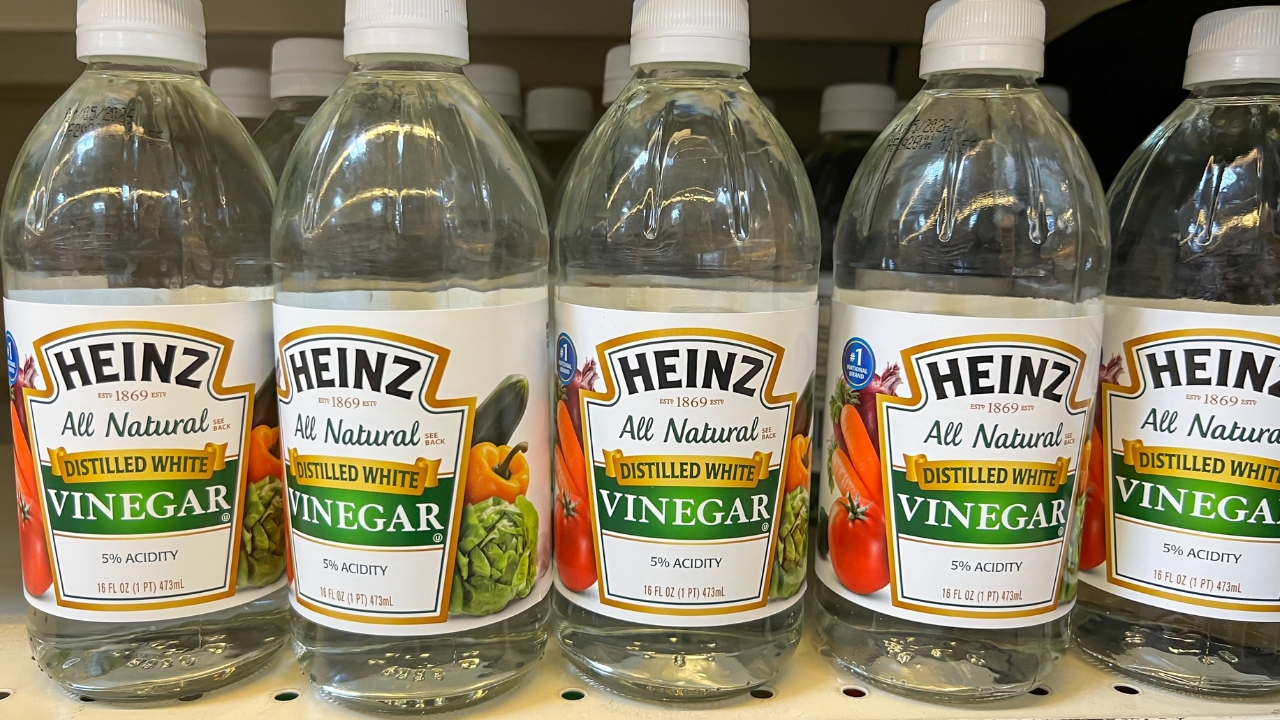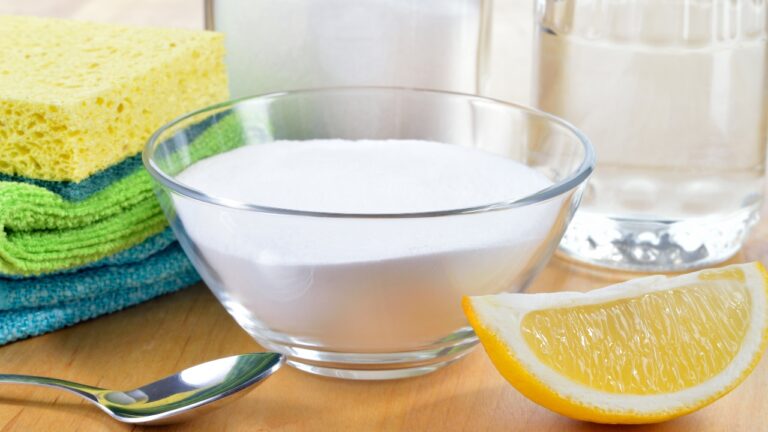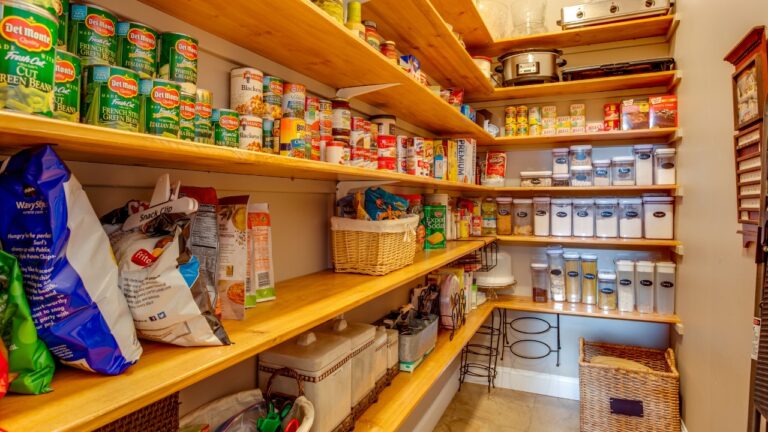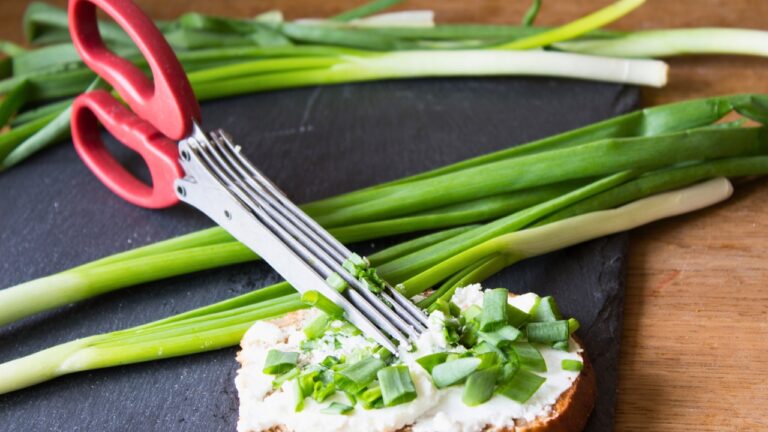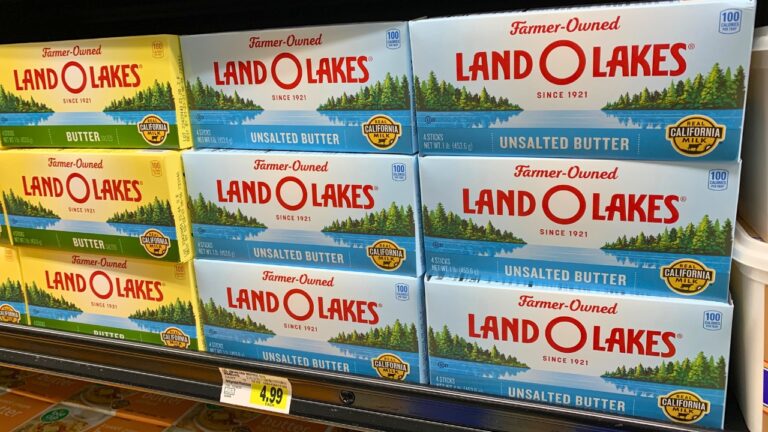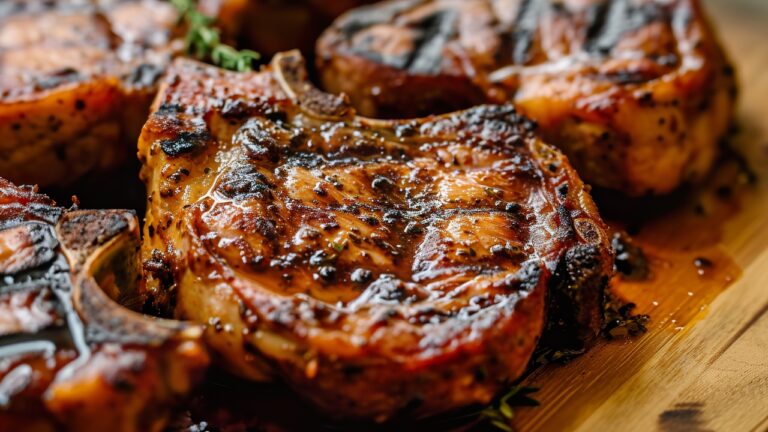What’s the Difference Between Cleaning Vinegar and Cooking Vinegar?
White vinegar is one of those household staples that pulls double duty. It can power through greasy stovetops, deodorize your dishwasher, and even freshen up smelly gym clothes. If you’re not already keeping a big jug of it around, you’re missing out on a budget-friendly powerhouse. But here’s the kicker—not all vinegar is created equal. If you’ve ever wondered whether to grab the regular white vinegar from the grocery store or the “cleaning vinegar” from the cleaning aisle, you’re not alone.
Cooking Vinegar vs Cleaning Vinegar: What’s the Deal?
The main difference between these two is their strength—or in vinegar lingo, their concentration. Regular white vinegar, the kind you’ll find next to the ketchup and mustard, has a concentration of about 4% to 5%. This makes it safe for cooking and all sorts of kitchen tasks. It’s processed with stricter food safety standards, ensuring it’s free from anything that might be lurking in non-food-grade products.
Cleaning vinegar, on the other hand, is amped up. Its concentration can range from 6% all the way up to 75%—that’s industrial-grade territory! The higher the concentration, the stronger the cleaning power. But here’s the catch: it’s not food-safe. Cleaning vinegar may contain additives or fragrances that aren’t meant to end up in your next salad dressing.
Why Dilution Matters
While cooking vinegar can moonlight as a cleaning agent, cleaning vinegar should never end up in your pantry. That higher concentration makes it effective at tackling tough stains and grime, but it also means it can be harmful if misused. For example, accidentally grabbing a jug of cleaning vinegar for your pickling recipe could introduce chemicals you definitely don’t want to eat.
Also, with stronger vinegar, a little goes a long way. If you’re mixing up a DIY cleaner, remember to adjust the ratio. For instance, if you’d usually use two cups of 5% vinegar, you’d only need one cup of 10% vinegar for the same effect. It’s all about doing the math—and saving money while you’re at it. Pro tip: buy in bulk if you’re using it often. Those gallon jugs might look excessive, but they’re way more economical.
How to Use Cleaning Vinegar Safely
If you decide cleaning vinegar is right for your home, take a few precautions. First, keep it far away from your kitchen to avoid any mix-ups. Label it clearly if it looks similar to your cooking vinegar. Second, wear gloves when working with higher concentrations, especially anything above 10%. That extra strength can be tough on your skin, just like it’s tough on grime.
Finally, remember that some cleaning jobs might not need that extra kick. For everyday messes like wiping down counters or mopping, regular vinegar does the job just fine. Save the heavy-duty cleaning vinegar for situations where you need serious muscle—like descaling a coffee maker or blasting hard water stains.

